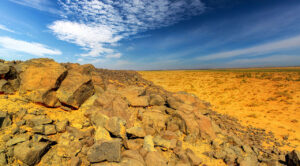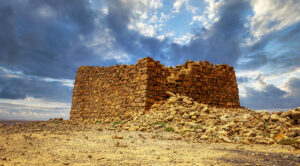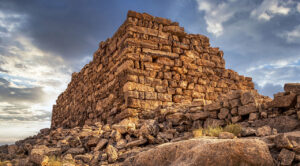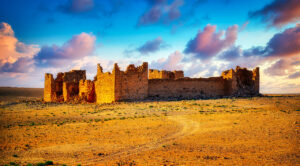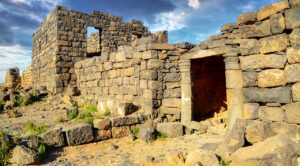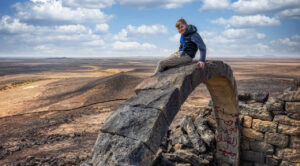Qasr el-Al, a captivating testament to the ancient world, is one of three Nabataean-Roman fortifications strategically positioned within visual proximity of one another. Located a mere 4km north of Qasr Bshir in the eastern deserts of the Arabian province, this site offers a fascinating glimpse into its layered history and purpose.
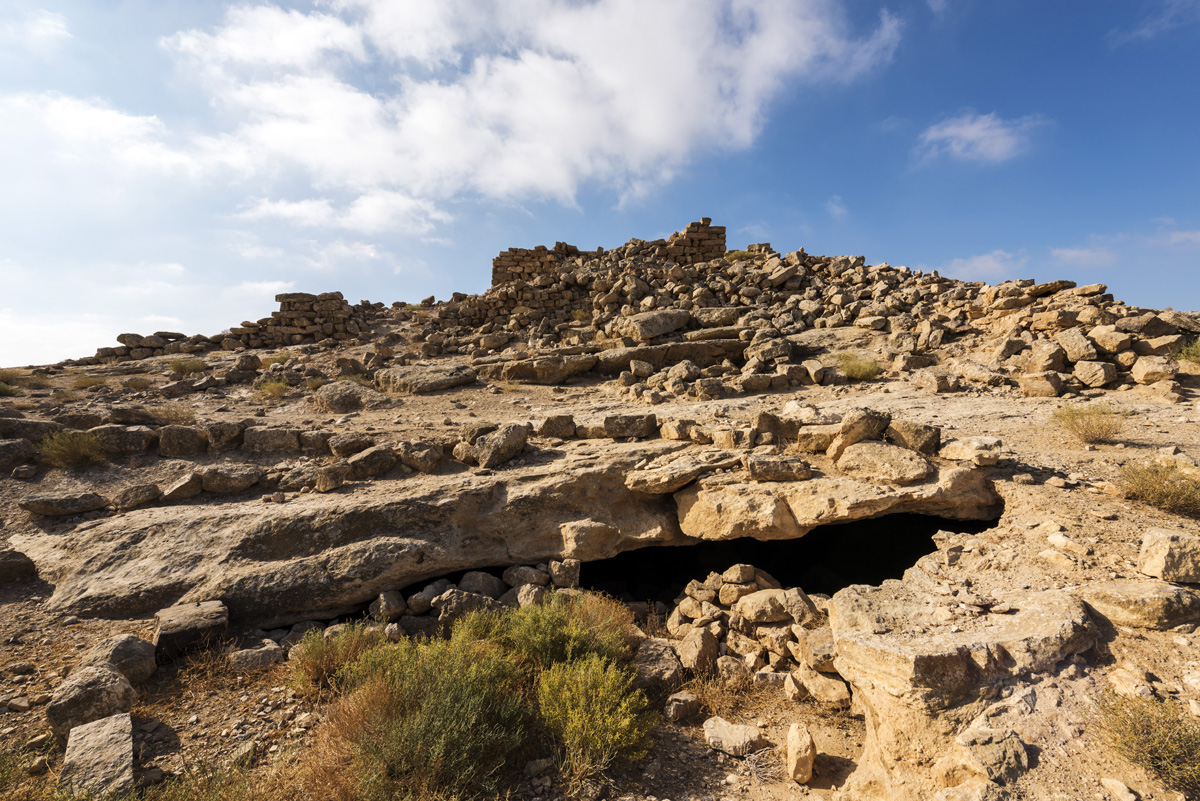
A Fortress with Rich History
Excavations reveal that Qasr el-Al has been a site of human activity from the Iron Age to the present day, showcasing its enduring significance through the centuries. A remarkable find at the site is a Nabataean inscription indicating that the original fortress, with its stone enclosure, was constructed during the Nabataean period. The discovery of a cistern and water management structures further highlights the advanced engineering and practicality that defined the early Nabataean architects.
Roman Adaptations
When the Roman Empire extended its reach across the region, they repurposed Qasr el-Al as a crucial watchtower, reinforcing the structure to secure the desert borders of Arabia province. Though the Romans left fewer visible traces beyond their fortifications, the site’s strategic position underscores its importance in maintaining control and communication across desert expanses.
Points of Interest
Visitors will marvel at the remnants of the fortress wall and water systems, a testament to the ingenuity of the Nabataean architects. These features provide a window into how ancient civilisations engineered structures that harmonised with the harsh desert environment. The surrounding landscape, offering panoramic views of the rugged terrain, further immerses visitors in the region’s fascinating past.
Getting There
Adventurers seeking to explore Qasr el-Al can access the site via the Desert Highway. However, its remote location demands the use of a robust 4×4 or crossover vehicle to tackle the final stretch of the journey, which adds a touch of excitement to the experience of reaching this hidden historical gem.
With its storied past, architectural intrigue, and scenic surroundings, Qasr el-Al invites history enthusiasts and explorers alike to uncover its mysteries and imagine the lives of those who once stood guard over the desert.
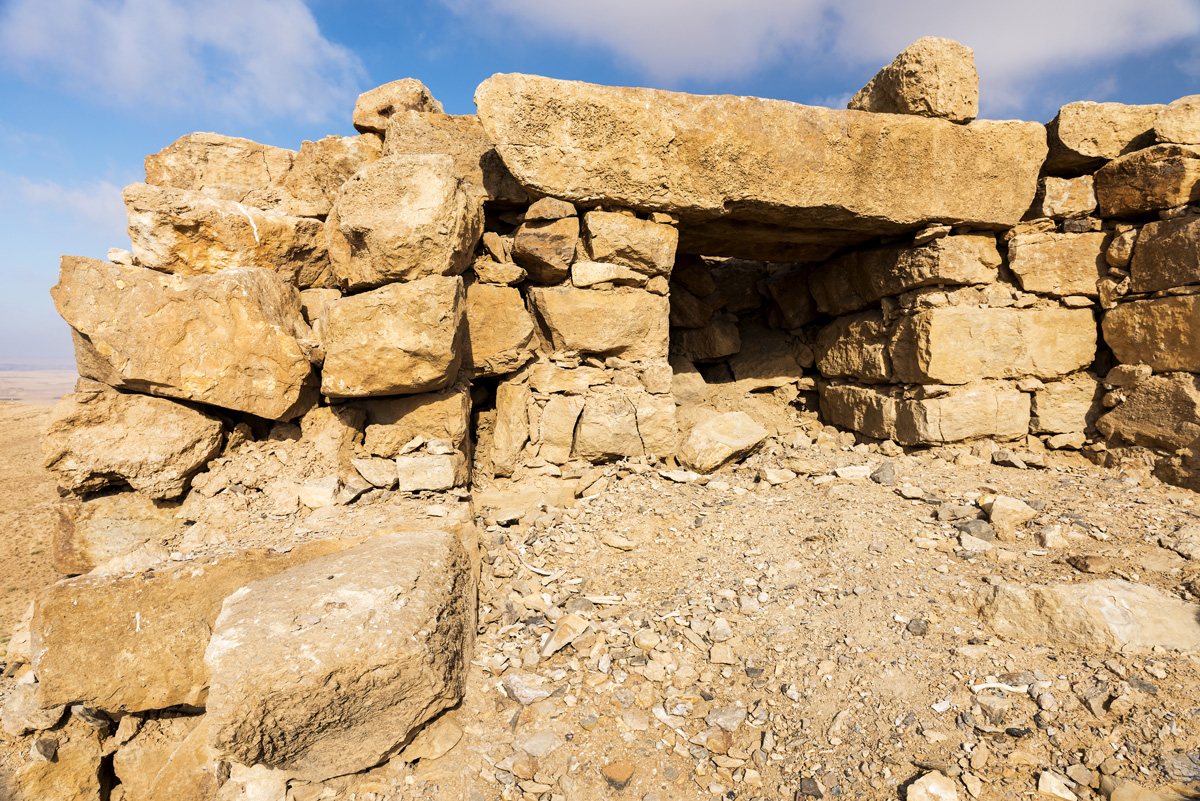
The history of Qasr el-Al spans millennia. Excavations reveal that it was occupied from the Iron Age all the way to modern times, with each era leaving its mark. A Nabatean inscription found on-site confirms that the fortress, encased within a stone enclosure, was initially built during the Nabataean period. This highlights its importance not only as a stronghold but also as a historical touchpoint within the vast Nabataean trade network. A cistern and remnants of water structures underline the meticulous planning of those who once inhabited the site, showcasing their ability to thrive in this arid region.
Later, the Roman Empire adapted the structure for their own purposes, reinforcing the fortress and utilising it as a watchtower to monitor the eastern fringes of their territory. While historical records about its Roman phase are limited, the enduring architecture speaks volumes about its strategic value to one of history’s most formidable empires.
Today, Qasr el-Al invites visitors to step back in time and immerse themselves in its remarkable story.
